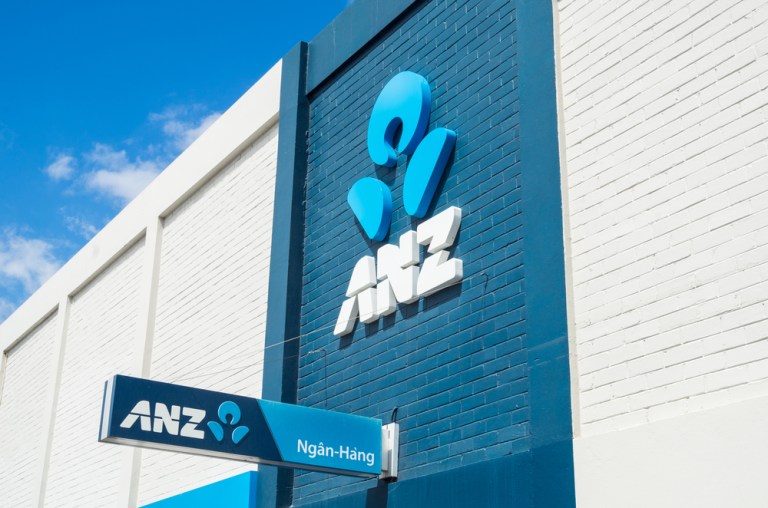
The alternative finance boom post-2008 financial crisis undoubtedly provided more options for small business (SMB) borrowers, but that doesn’t mean the industry is guaranteed to become a staple among entrepreneurs seeking financing. Traditional banks remain the most popular choice for small business owners that need a loan, particularly as the economy regains its strength.
In the U.S., 63 percent of small businesses applied for a working capital loan last year, data from S&P Global Market Intelligence recently found. The market opportunities for SMB financing players are vast, but analysts concluded that traditional banks have retained their advantage with small business borrowers, largely thanks to their long-standing reputations and existing relationships with clients.
In its report, S&P found nearly 50 percent of SMB borrowers are too unfamiliar with digital lenders to use alternative finance. However, Dave Gilbert, founder and chief executive officer of SMB alternative lending firm National Funding, said he’s seen a trend of growing traction within the small business community.
“Due to better approval rates, speed and efficiency, we’ve seen SMBs increasingly turning to online marketplaces for financing,” he told PYMNTS, adding that some borrowers have actually changed their preferences, turning first to an alternative lender when they need financing.
It’s a far cry from the reputation of alternative lenders that was built on offering businesses access to capital when their first preference, the traditional bank, couldn’t provide financing. It’s on this business model that alternative finance in the U.K. has expanded, with the government now requiring traditional banks to refer SMBs to alternative players should they receive a rejection on their loan application.
The U.K. Peer-to-Peer Finance Association (P2PFA) said nearly $250 million landed with small businesses via alternative finance platforms in the second quarter of this year, a figure that surpassed that of traditional small-business bank loans for the period.
The U.S. hasn’t seen the same industry growth trajectory, however. S&P data found more than 42 percent of small businesses said their existing bank relationship accounts for why they did not pursue financing from an alternative player, though analysts concluded that “marketing and customer education may be just as large a hurdle as bank loyalty.”
Another factor may be that, since so many alternative finance players and products have flooded the market in recent years, small businesses may simply stick to what they know, rather than risk being overwhelmed by their options. This not only presents an opportunity for alternative finance companies to flaunt their competitive edge against banks, but to highlight their strengths against their industry peers.
“Transparency and speed,” said Gilbert. “Transparency is key to standing out in the cluttered SMB market.”
Small business owners are so pressed for time that faster access to financing can be a significant selling point for potential borrowers. He noted that slower financing processes not only hamper the small business, but stifle economic growth for the country overall.
At the same time, these companies need credibility and a “well-established reputation,” Gilbert added, a feature that will naturally need time to develop. Alternative finance players can contribute to the development of their own reputations through being transparent about their rates, fees and contractual terms, he said.
Discussions and debates around alternative finance transparency have amplified in recent months, particularly as regulators begin to consider how to protect small business borrowers. Most recently, last month, Australia-based Prospa indefinitely postponed its initial public offering (IPO) after regulators raised concerns about certain contractual clauses. The company eventually changed those terms to satisfy officials.
In Australia and other markets, alternative lenders have joined together to develop and adhere to self-regulating codes of practice, but some officials are considering establishing more definitive, enforceable rules for the market. In the U.S., while the Small Business Borrowers’ Bill of Rights aims to promote borrower protection, Representative Emanuel Cleaver II (D-MO) recently published findings of an alternative SMB finance industry probe exploring the possible need for enhanced regulatory oversight.
“One of the most concerning findings was how willfully vague some companies were being about the structure and nature of their algorithms,” the report said. “While a few companies provided detailed information, others did not disclose whether they used race and gender information, or proxies for it, in their loan calculation. … If companies cannot volunteer even the most limited information, how can they be trusted to provide fair credit to small business owners?”
While Gilbert emphasized the importance of transparency in the industry, and agreed that “all borrowers should be informed and protected,” it is possible that heightened regulation may have adverse effects on the market.
“These types of regulations might restrict the amount of capital they are able to deploy or the number of SMBs they are able to serve,” he said, “which, in turn, could drive up loan costs for these small businesses.”
Regulatory uncertainty and ongoing competition from traditional banks have made for an unclear future of exactly how the alternative finance industry will grow and evolve. However, according to Gilbert, there is little doubt that growth will continue.
“Now, more than ever, we are seeing more SMBs becoming comfortable with accessing financing via online-only solutions,” he stated.